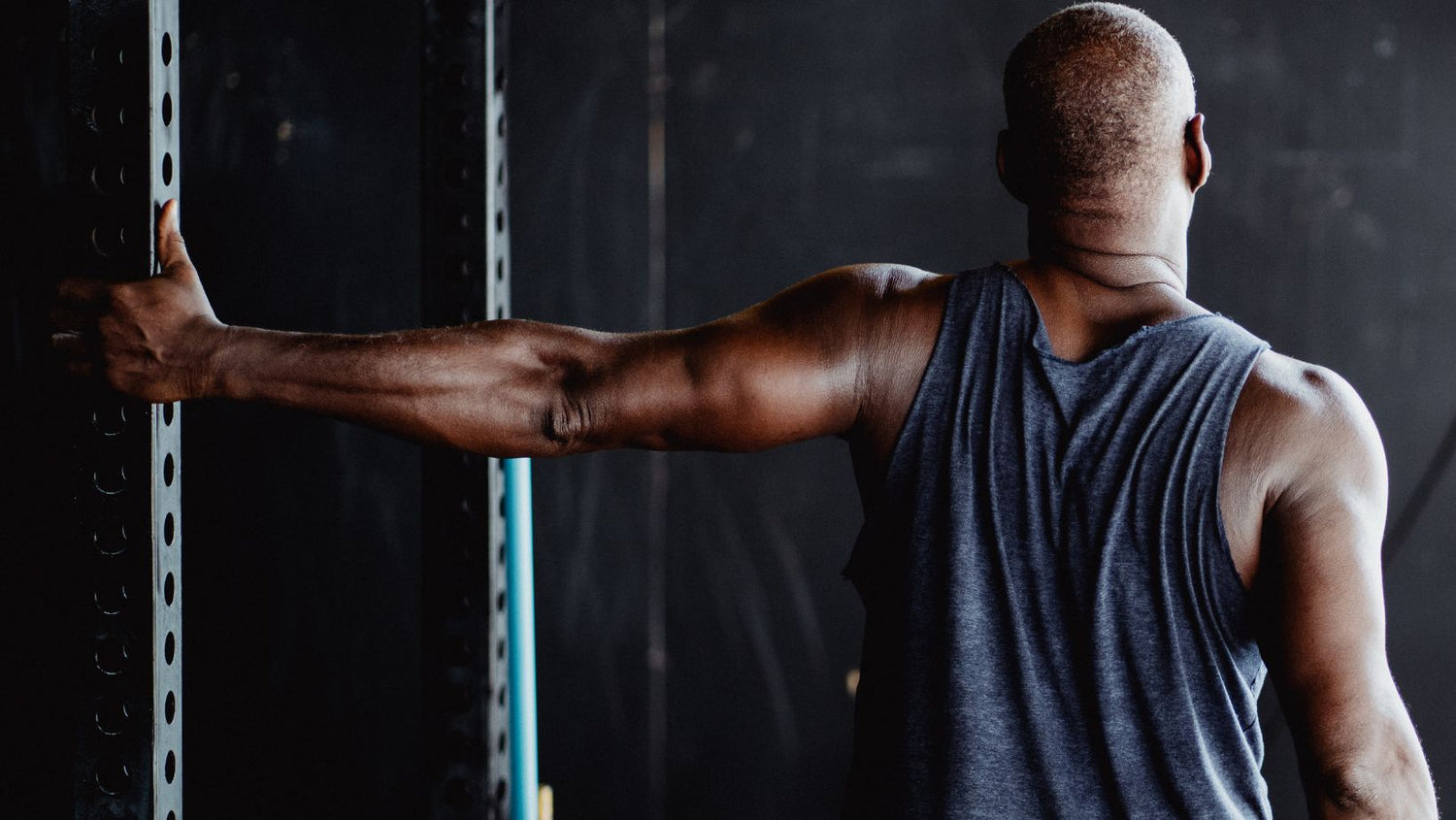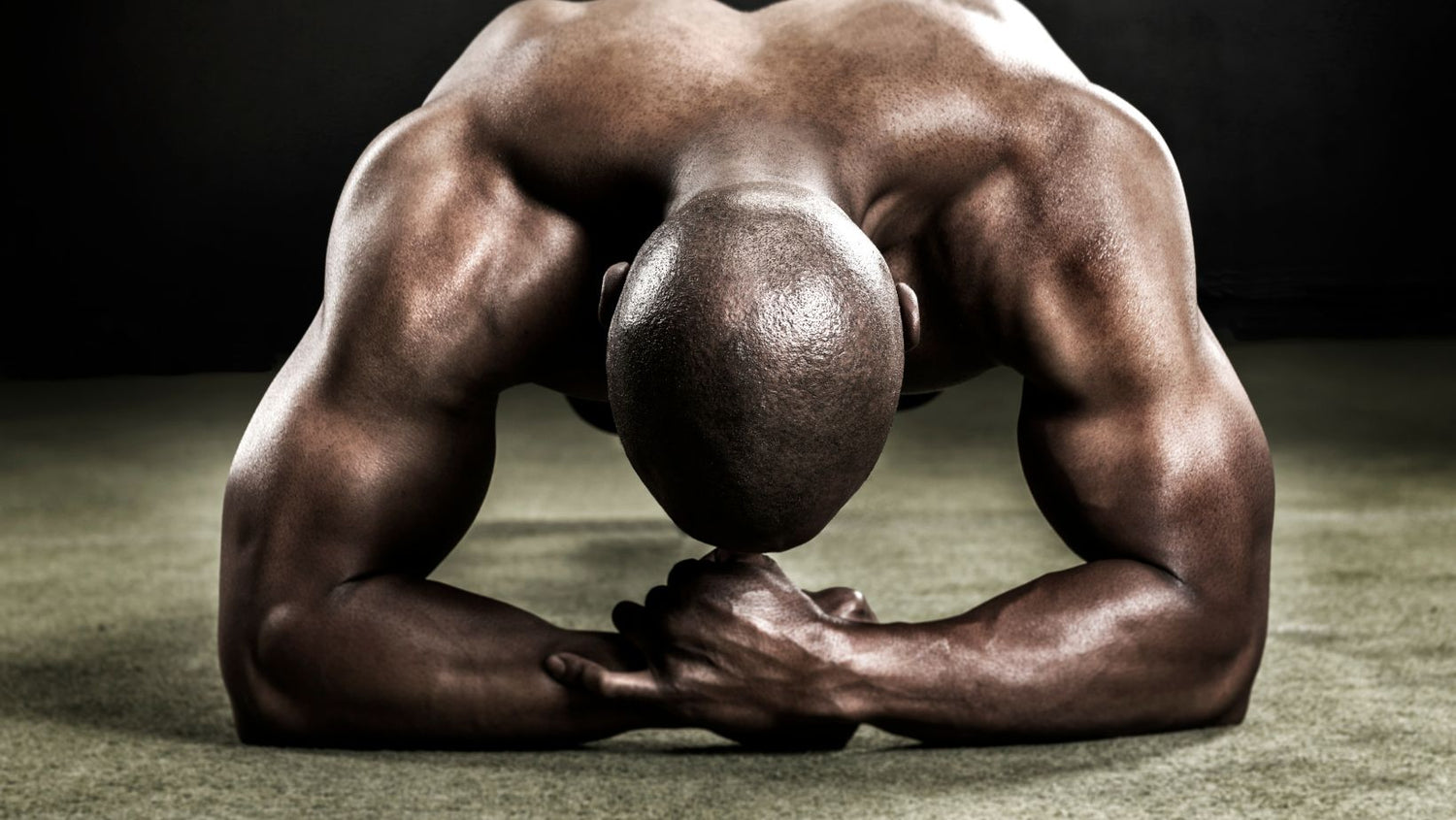Have you been going back and forth with trying to time your meals around your workouts? Do concerns over possible adverse effects like cramps, nausea or indigestion when working out either too soon or too late after consuming a meal bother you? Planning your nutrition around your work out schedule to optimize performance and macros can be tricky.
Should any of these issues affect you in any capacity whatsoever then this article is for you. The importance of timing both meals and physical activity cannot be overstated as such timing can tremendously impact our level of performance as well as overall health including general satisfaction by engagement in such activities.
Although there isn't any single solution that is one size fits all - much debate around different variables such as meal type (whether solid/soupy/fluid), size consumed in regards to serving/portion measurement), and composition (with regards to nutrients calories/carbohydrates/fats/protein) types being examined intimately alongside intensity/duration of exercise. Distinct variations linked to personal preferences and tolerance levels also play key roles. This article is, therefore, developed to look into subjects that include appropriate meal to exercise time intervals and the optimal type of foods for consumption before physical activities. Additionally, possible side effects that one can encounter either by engaging in exercise too soon or too late after eating should be considered.
Why Should You Eat Before a Workout?
Its common knowledge among health enthusiasts that consuming food prior to a workout is paramount if you're looking to maximize your results. That said, let's delve deeper into why this holds true. Firstly, appropriately fueling with food will provide much needed energy to fuel both muscles and brain faculties- two essential components required during physical activity. Deciding on carbohydrates as a source of fuel before a workout improves performance quality and duration capacity considerably while protein can help maintain/build muscle mass whilst deterring its breakdown post exercise periods. Secondly avoiding low blood sugar levels - which can manifest dizzy spells/headaches/lightheadedness/fainting – should be front of mind in pre workout plans where something quick/easy to digest may come in handy such as an apple or banana. If left unchecked low blood sugar levels further diminish cognitive function - dizziness does not make for sound decision making skills and is not conducive to safe conditions for successful training. Finally but crucially important: hunger/cravings often strike when working out; yet eating right beforehand helps limit distractions and motivate more disciplined portion control goals.
What Should You Eat Before a Workout?
The best foods to eat before a workout are those that are easy to digest, provide energy and nutrients, and don’t cause any discomfort or side effects. Generally speaking, these are foods that are low in fat, fiber, and spices, and high in carbohydrates and moderate in protein.
Some examples of good pre-workout snacks are:
- A banana with peanut butter
- A slice of whole-grain toast with jam
- A bowl of oatmeal with berries
- A yogurt with granola
- A protein shake or bar
Of course, these are just suggestions. You may have different preferences or dietary restrictions that affect your choices. The key is to find what works best for you and stick to it.
How Long Should You Wait to Exercise After Eating?
Whether you're waiting to digest following a midday sandwich or early evening dinner before hitting the gym - several components determine what length of time is necessary between eating a large meal/snack before exercising thereafter while considering various aspects such as workout intensity/duration in addition to personal preferences per each individual’s bodily requirements. In most cases, it’s best practice to allow extra buffer-time post-consumption, particularly during strenuous activities associated with heavyweight meals since they usually require significantly more digestion. This causes lengthier absorption periods for proper breakdown and consequently, one’s overall well-being during exercising.
For example:
- If you eat a large meal that is high in fat, protein, or fiber (such as a burger with fries, a steak with salad, or a bean burrito), you should wait at least 3 to 4 hours before exercising.
- If you eat a small meal that is low in fat, protein, or fiber (such as a sandwich with turkey and cheese, a bowl of pasta with tomato sauce, or a rice dish with chicken), you should wait at least 2 to 3 hours before exercising.
- If you eat a snack that is low in fat, protein, or fiber (such as an apple with cheese, a handful of nuts with dried fruits, or a glass of milk with cookies), you should wait at least 30 to 45 minutes before exercising.
Keep in mind that these instructions aren't absolute but rather offer general advice on the matter at hand. While some people can work out shortly before or after consuming a meal without issue others have more tolerance for specific foods than others do. To determine an ideal gap between meals and training sessions; it's most effective if you experiment with varying eating routines and timings whilst keeping track of any indications of discomfort or distress during your physical activity session or afterwards. Such as:
- Bloating
- Nausea
- Cramping
- Reflux
- Vomiting
- Diarrhea
- Sluggishness
It is likely that experiencing any of these symptoms could result from either exercising prematurely or belatedly after consuming a meal which did not agree with your body. A helpful step toward ameliorating the situation might be adjusting both timing and dietary preferences.
What are the Benefits of Timing Your Meals and Workouts?
Are you looking for ways to optimize your fitness routine whilst promoting general health and wellbeing? One form of effective strategy is timing your meals and workouts properly. When followed correctly, this technique has many benefits such as increased performance and endurance through access to enough energy and nutrients needed by the muscles and the brain. Another incredible benefit of timed nutrition is the prevention of low blood sugar levels, which are notorious for causing symptoms such as dizziness, fatigue, headache or even fainting when exercising. Gastrointestinal discomforts like bloating, cramping, or even reflux can be avoided entirely with strategic meal planning related to workout periods. Scheduling meals at consistent intervals can also help regulate one's appetite leading to better control over portions consumed; it reduces cravings which takes away distractions from workout goals. Overall the technique promotes both good decision making habits related to our eating style, which results in a healthier body composition, while facilitating an improved fitness performance.
How to Optimize Your Timing of Meals and Workouts?
Here are some tips and tricks to optimize your timing of meals and workouts:
- Plan ahead. Schedule your meals and workouts in advance and stick to them as much as possible. This will help you avoid skipping meals or workouts or eating or exercising at random times.
- Be consistent. Try to eat and exercise at the same time every day. This will help you establish a routine and a rhythm for your body and mind.
- Be flexible. Sometimes life happens and you may have to adjust your timing or food choices. Don’t stress about it. Just do the best you can with what you have and get back on track as soon as possible.
- Listen to your body. Pay attention to how you feel before, during, and after your meals and workouts. Learn from your experiences and find what works best for you.
Conclusion
The question of how long one must wait before exercising after eating is a somewhat complex matter as this varies from individual preference when determining food composition size and digestibility rate.
Optimal synchronization between personalized meal timings linked with diversified types (resistance vs cardio) diverse work-out regimens can create maximum outcomes whilst boosting physical potential efficiency designed towards realizing underlying fitness goals.
Better awareness-building self-tolerance levels are therefore essential components within this equation needed during planning personal meal timings for ideal balance within our preference choices.
To determine the timetables fit for meeting desired fitness levels, it's best to experiment with diverse meals and snack combinations coinciding with various workout session routines received from your trusted fitness experts. For instance, we recommend longer delays between large-sized meals and work-outs compared to lighter snacks involving smaller portions that only require 30-45 minutes before engaging in workouts.
Lastly, incorporating routines sustained by active awareness-listening towards body signals are crucial towards achieving optimal performance levels designed for healthier living.






